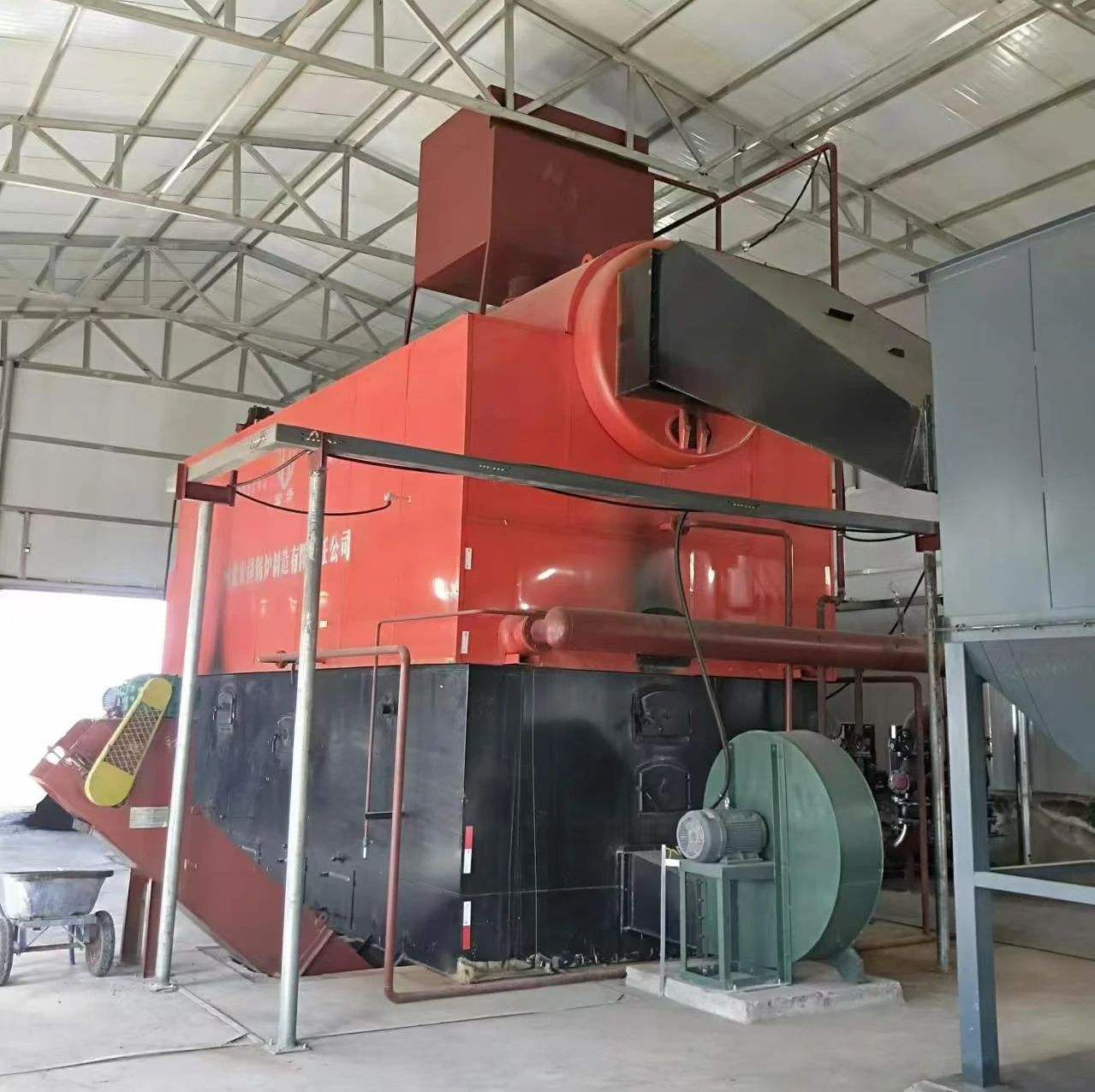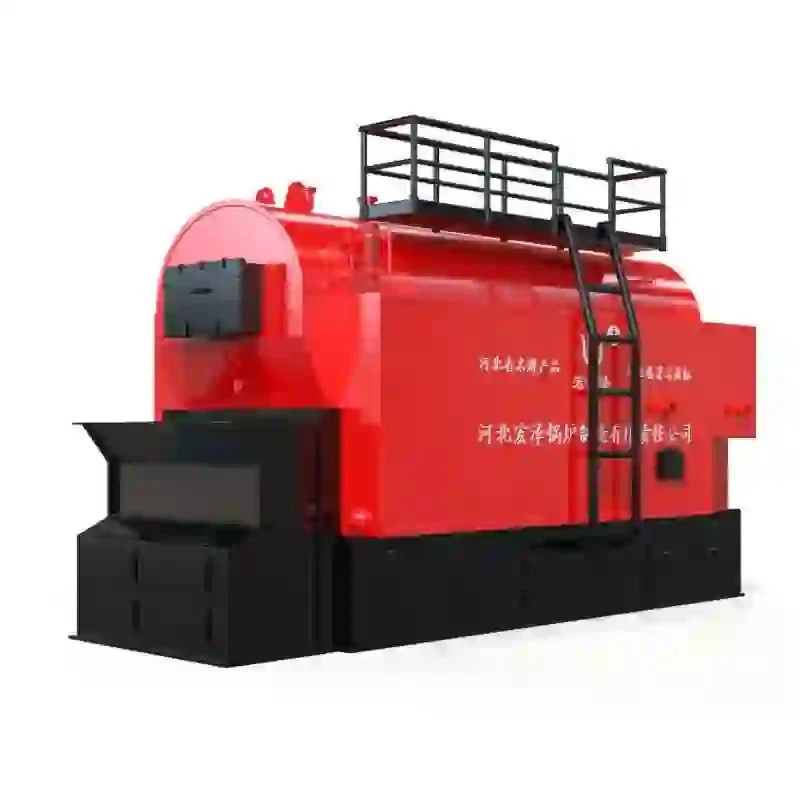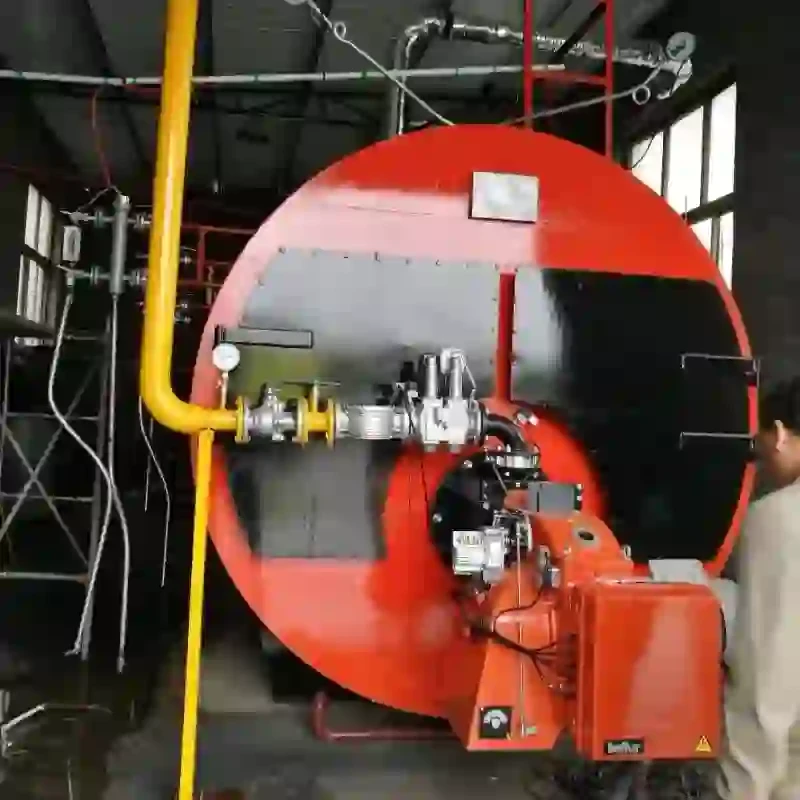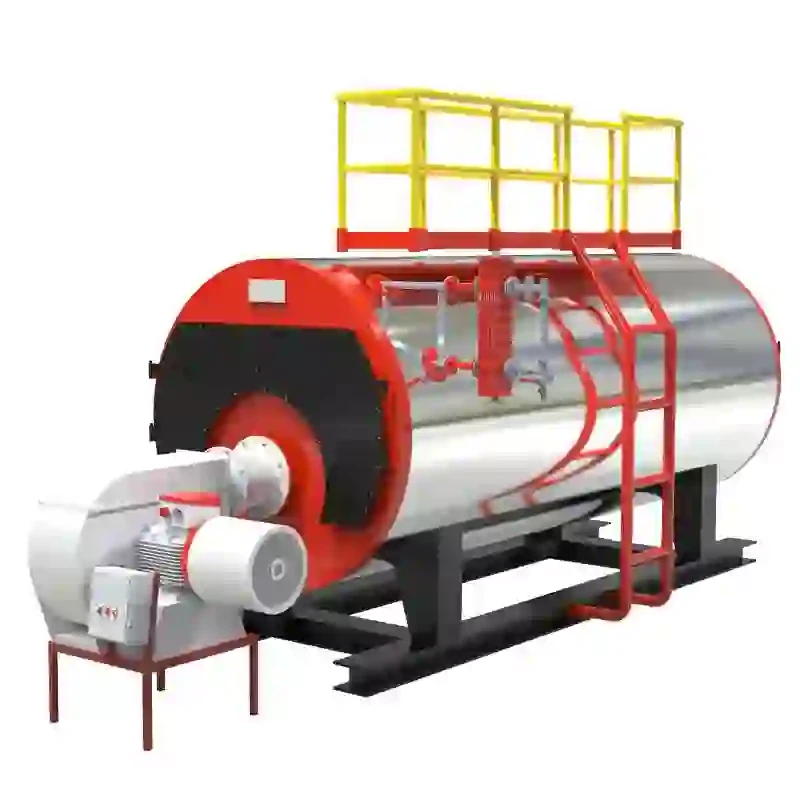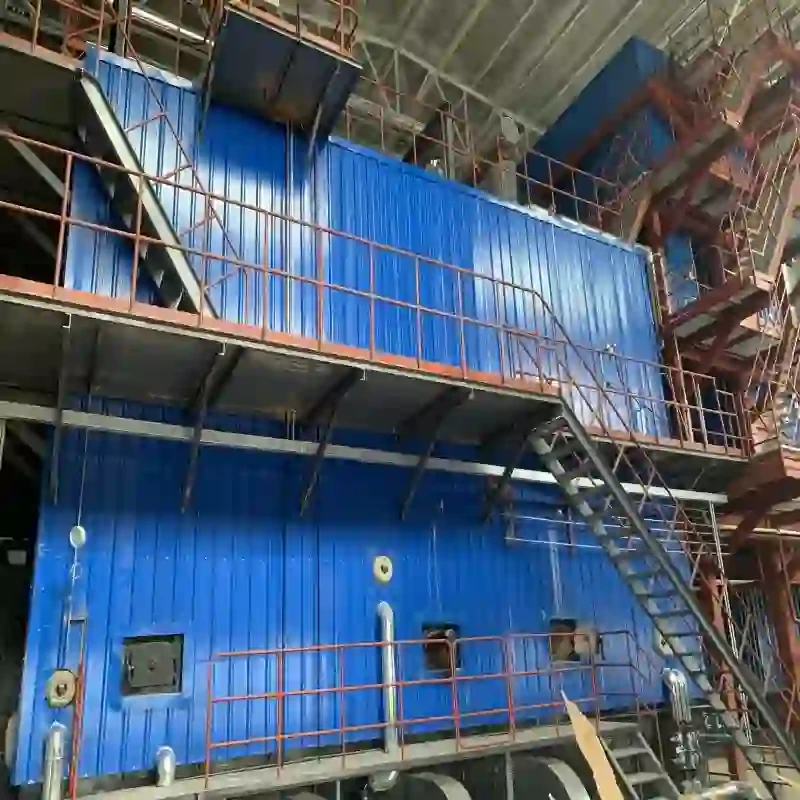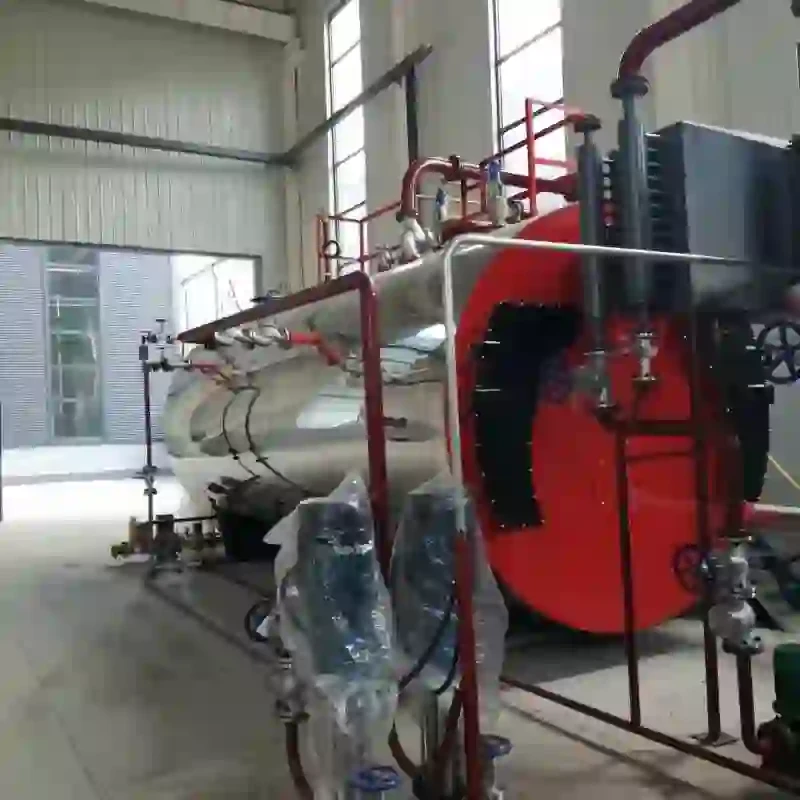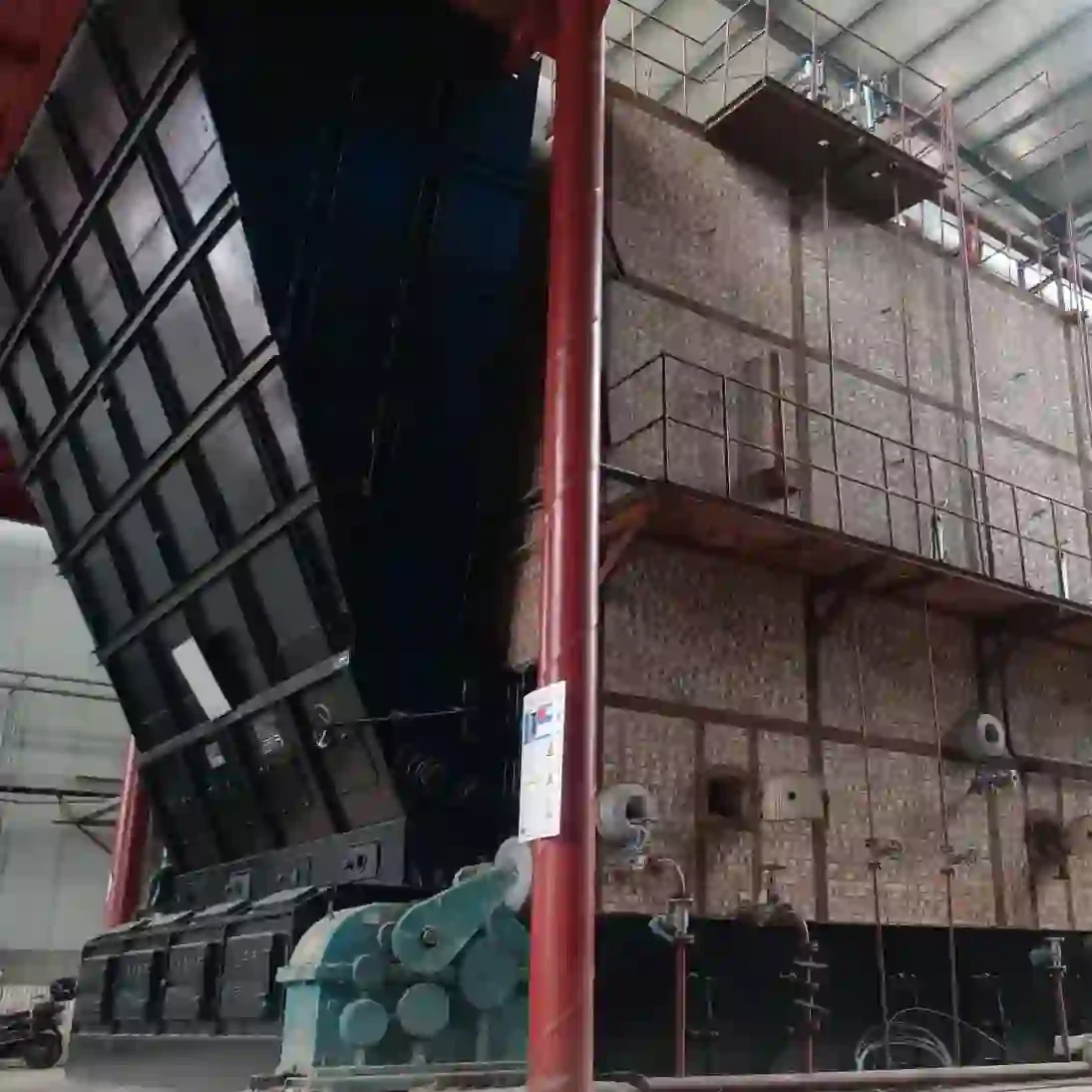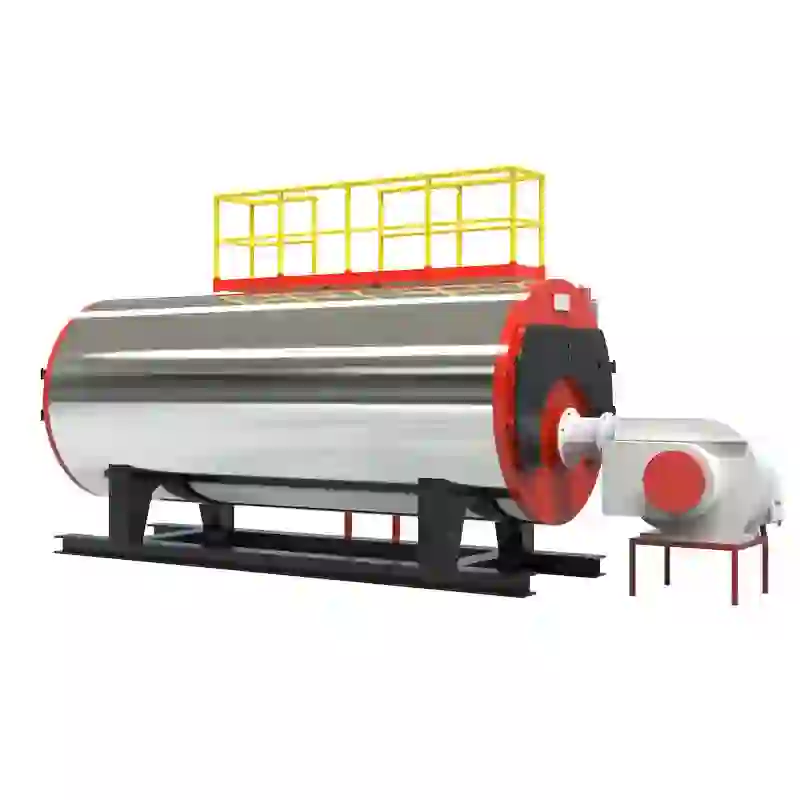
Oct . 04, 2024 02:55 Back to list
steam boiler construction
Steam Boiler Construction An Overview
Steam boilers are essential components in various industries, serving as crucial tools for generating steam for heating, power generation, and process applications. Understanding the construction of a steam boiler is essential for ensuring its efficiency, safety, and longevity.
The construction of a steam boiler typically involves several key components, including the boiler shell, furnace, heat exchanger, piping, and controls. The boiler shell serves as the containment vessel for water and steam, designed to withstand high pressure and temperature. It is often made from steel or alloy materials, chosen for their strength and corrosion resistance.
The furnace is where the combustion process occurs, generating heat to convert water into steam. It is typically lined with refractory materials that can withstand high temperatures. Within the furnace, burners are installed to ensure effective and efficient combustion of fuel, which may include natural gas, oil, or solid fuels.
steam boiler construction

One of the critical design elements of a steam boiler is the heat exchanger. This unit transfers heat from the generated combustion gases to the water inside the boiler without allowing the two to mix. The efficiency of this heat transfer is vital for optimizing boiler performance, and many designs incorporate finned tubes or other enhancements to increase its surface area.
Piping is another essential component of steam boiler construction. High-pressure pipes transport steam to various points of use, while other pipes circulate water back to the boiler. Properly designed piping systems are crucial for minimizing heat loss and ensuring efficient steam distribution. Materials chosen for piping must be capable of withstanding the high pressures and temperatures typically found in steam systems.
Additionally, safety controls are integral to steam boiler construction. Pressure relief valves, water level controls, and temperature sensors are implemented to monitor and regulate the boiler's operation. These systems work together to prevent overheating and excessive pressure buildup, ensuring safe operation and compliance with industry standards.
In conclusion, steam boiler construction is a complex process that combines materials science, thermal dynamics, and engineering principles. The interplay of the boiler shell, furnace, heat exchanger, piping, and control systems ensures that the steam boiler operates efficiently and safely. As industries continue to innovate and seek more sustainable energy solutions, advancements in steam boiler technology will play a vital role in meeting these challenges. Understanding the fundamental aspects of boiler construction is crucial for engineers and technicians tasked with designing, maintaining, and operating these critical systems.
-
Oil Fired Hot Water Boilers Sale - High Efficiency & Affordable
NewsJul.31,2025
-
High-Efficiency Commercial Oil Fired Steam Boiler for Industry
NewsJul.30,2025
-
High-Efficiency Biomass Fired Thermal Oil Boiler Solutions
NewsJul.30,2025
-
High Efficiency Gas Fired Thermal Oil Boiler for Industrial Heating
NewsJul.29,2025
-
High-Efficiency Gas Fired Hot Water Boiler for Sale – Reliable & Affordable
NewsJul.29,2025
-
High Efficiency Biomass Fired Hot Water Boiler for Industrial and Commercial Use
NewsJul.29,2025
Related PRODUCTS






